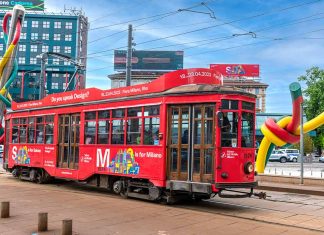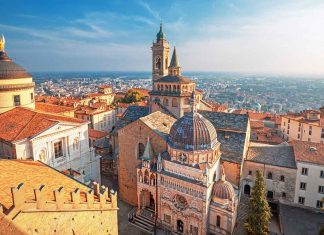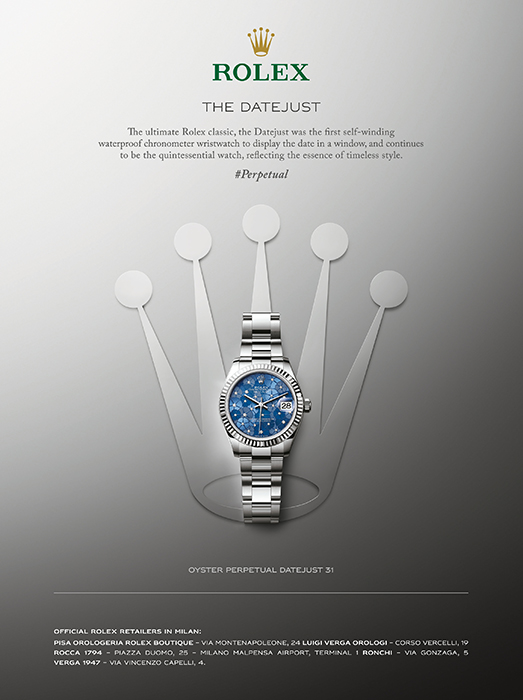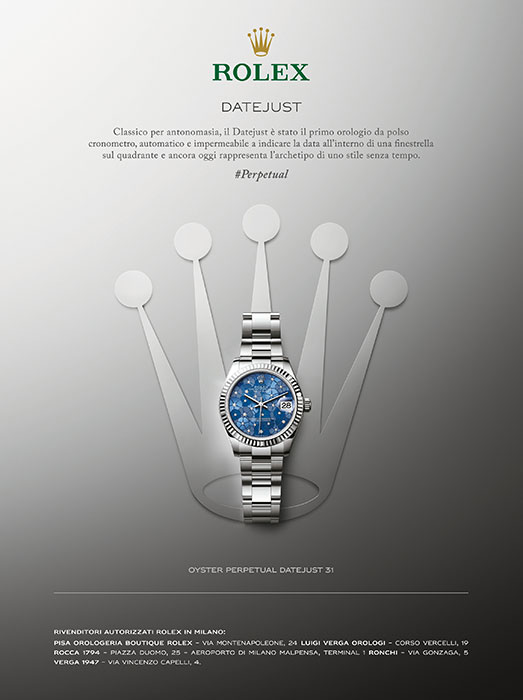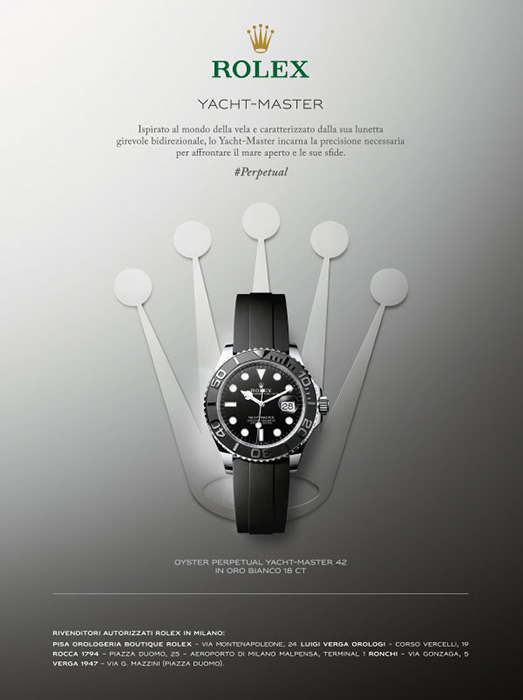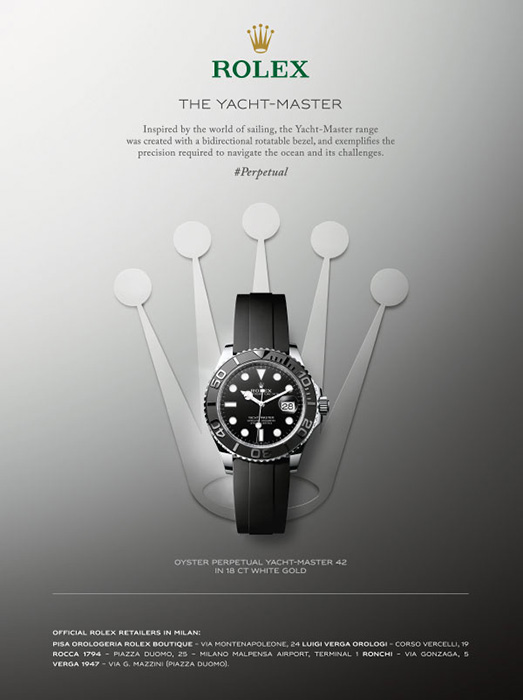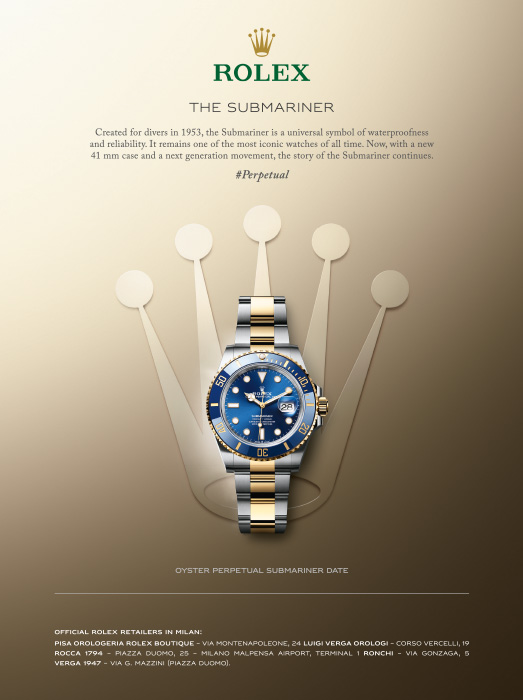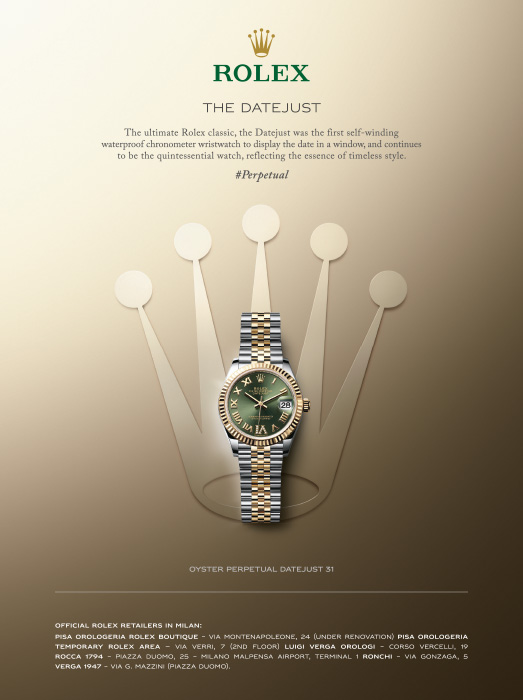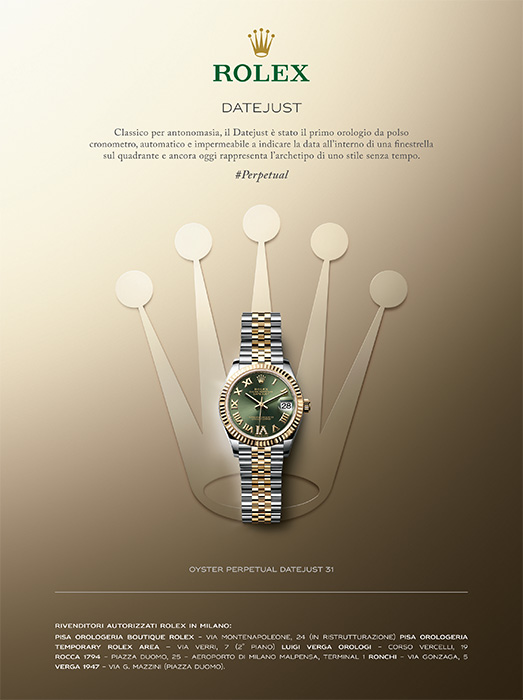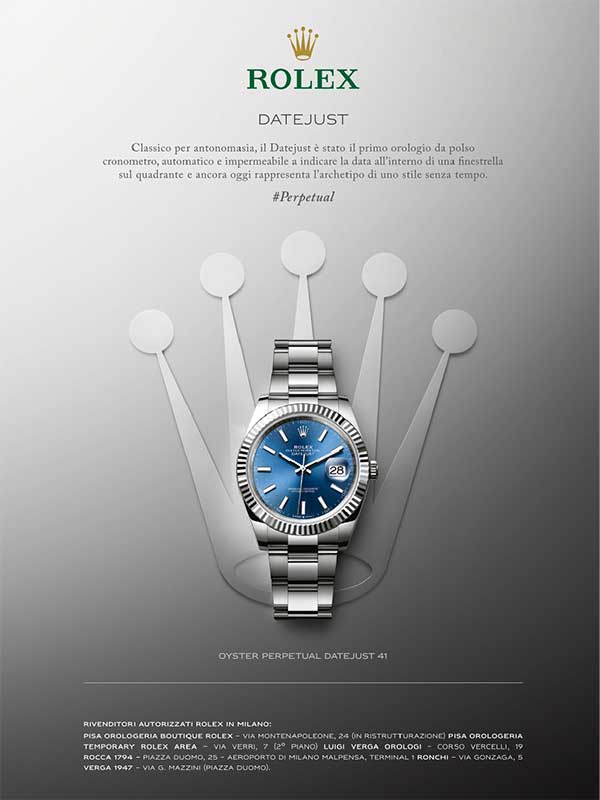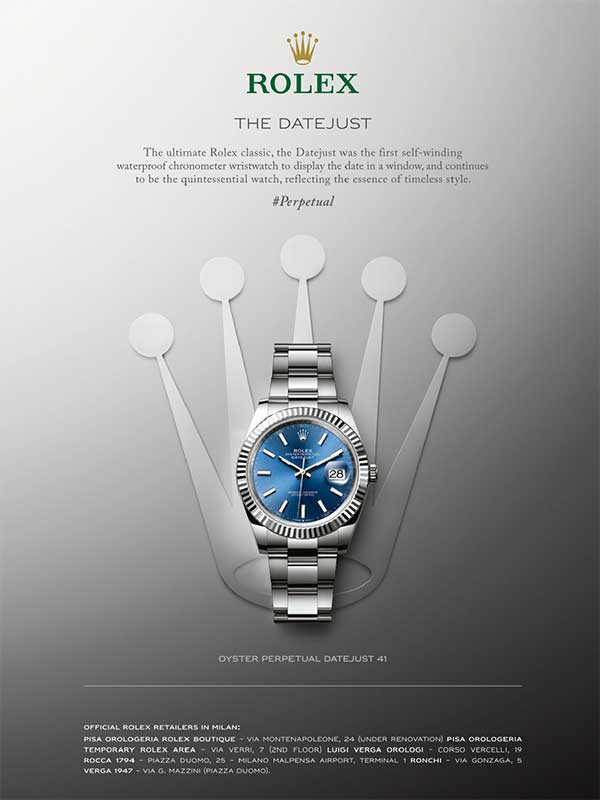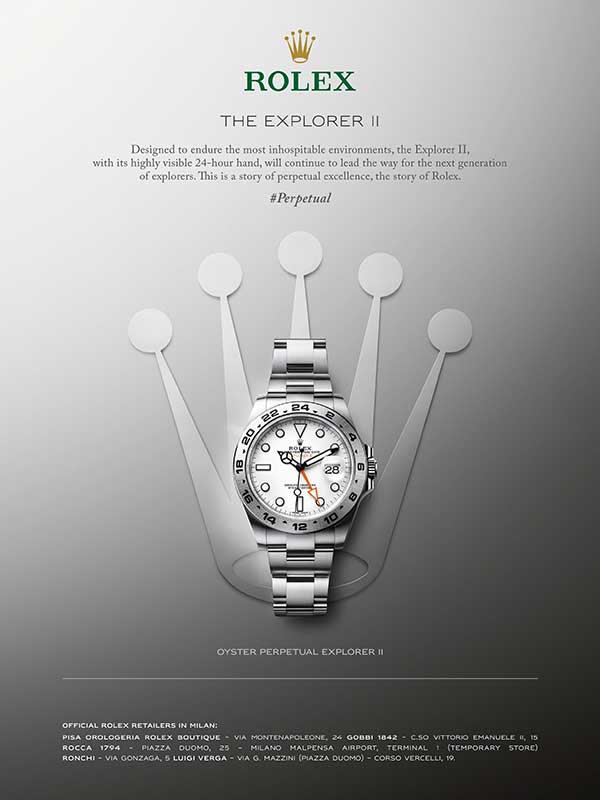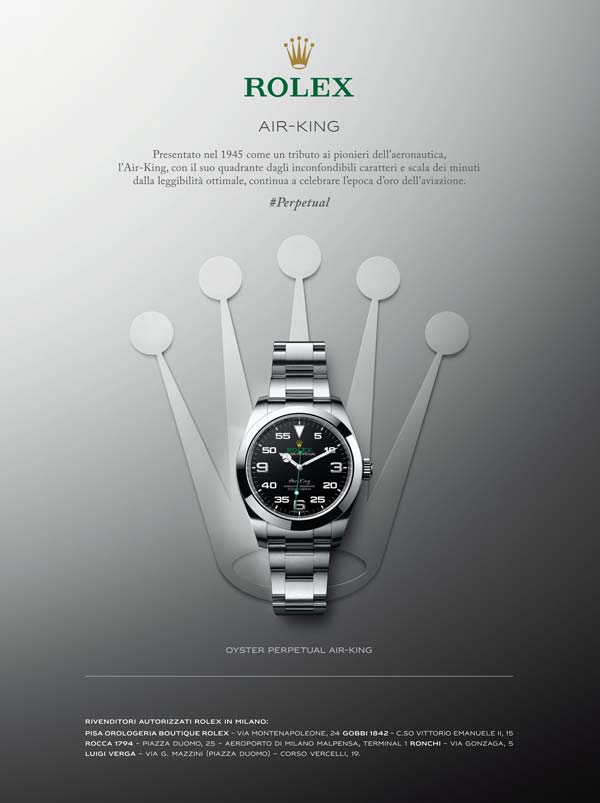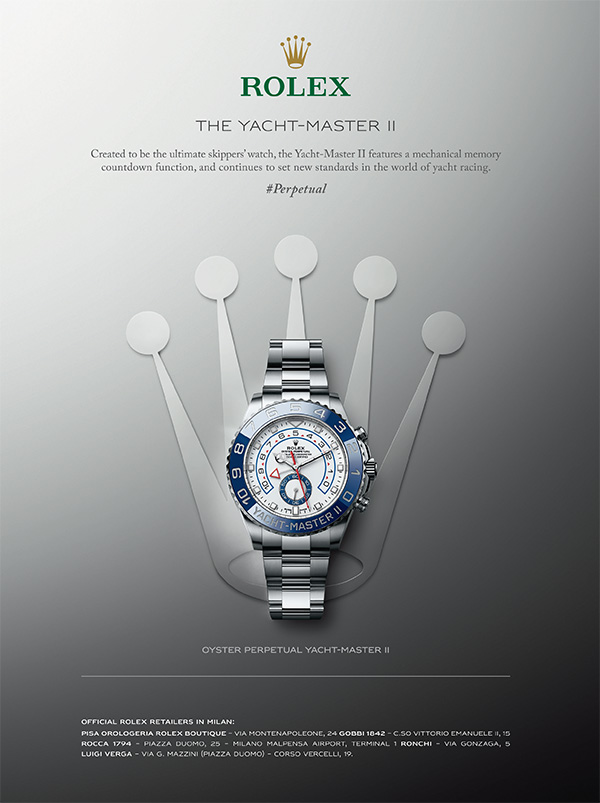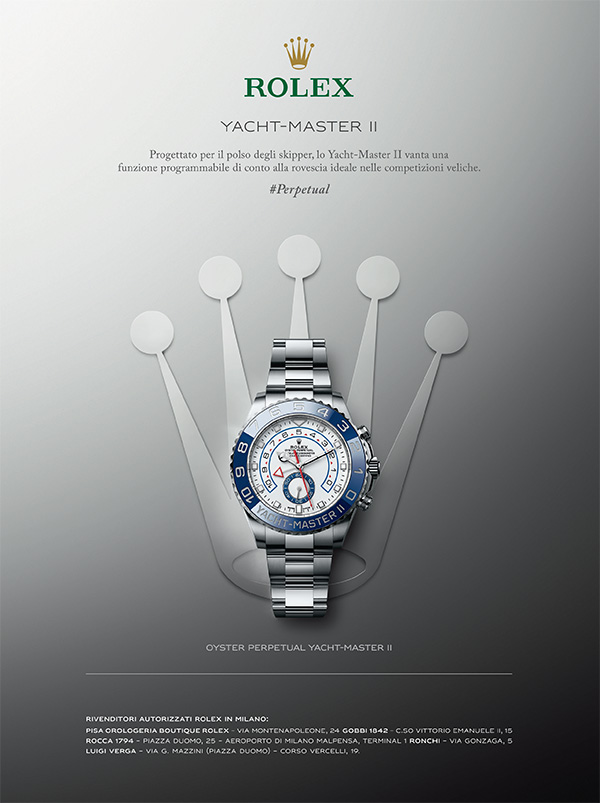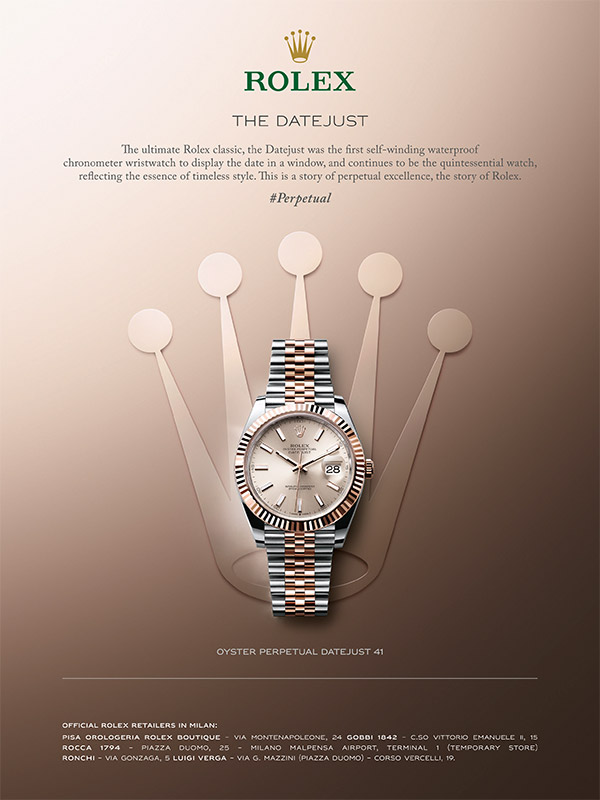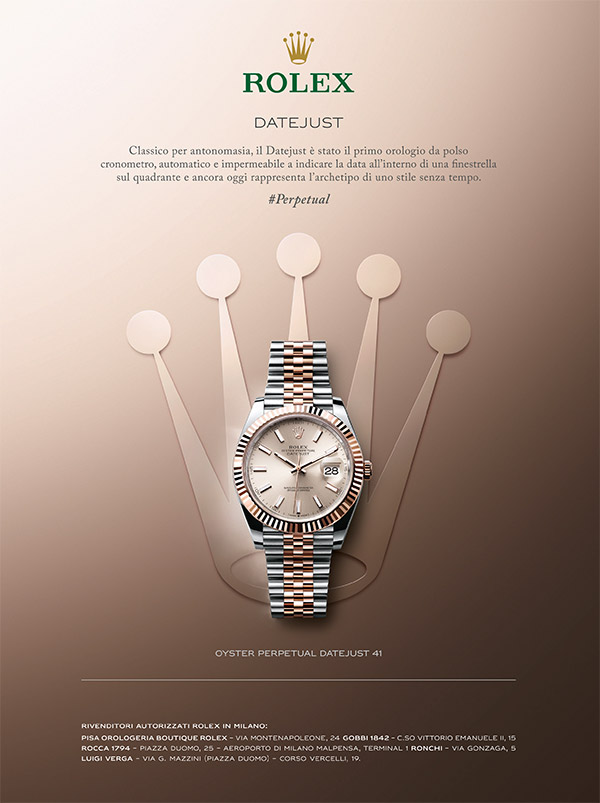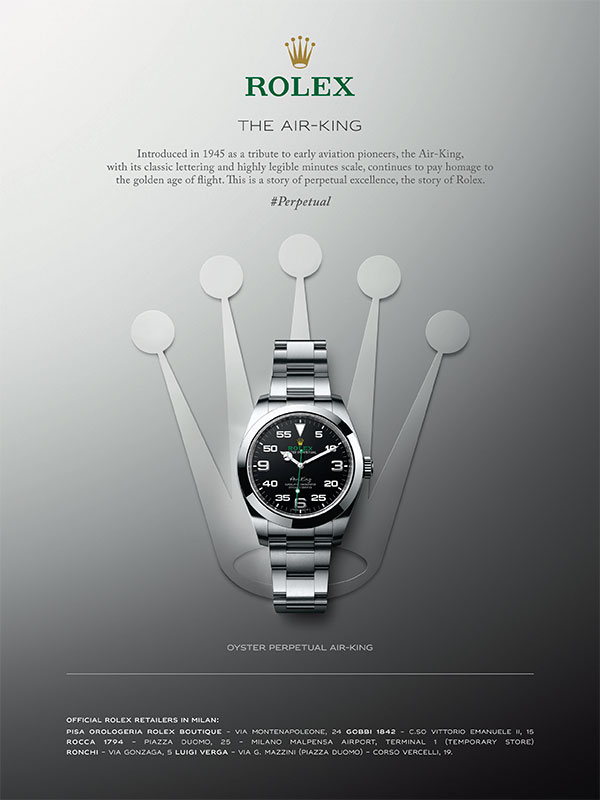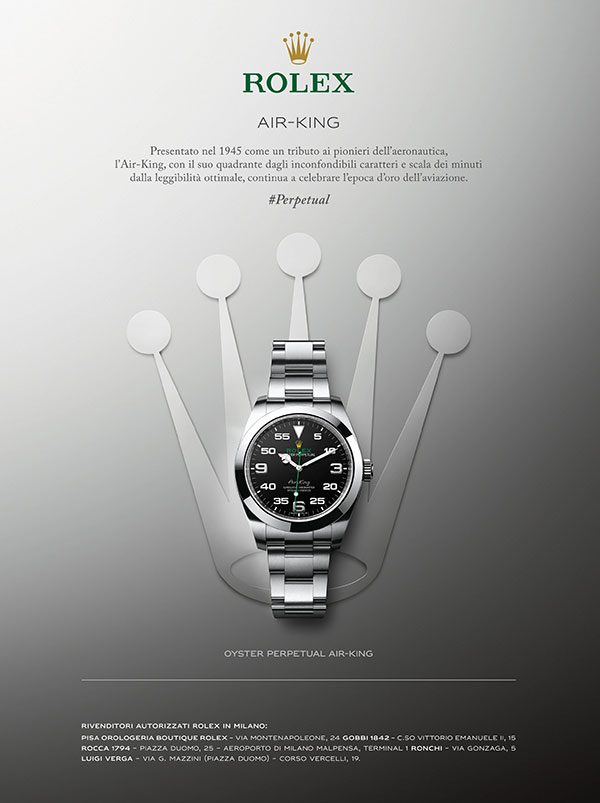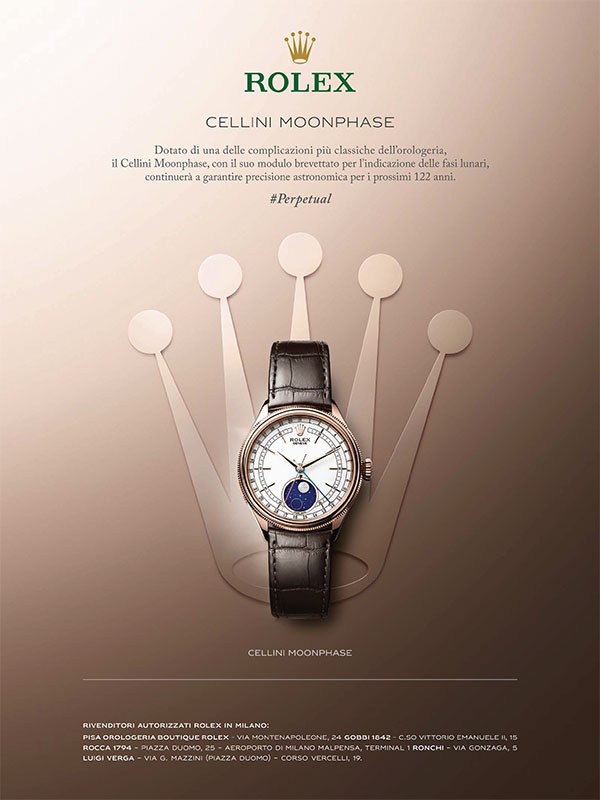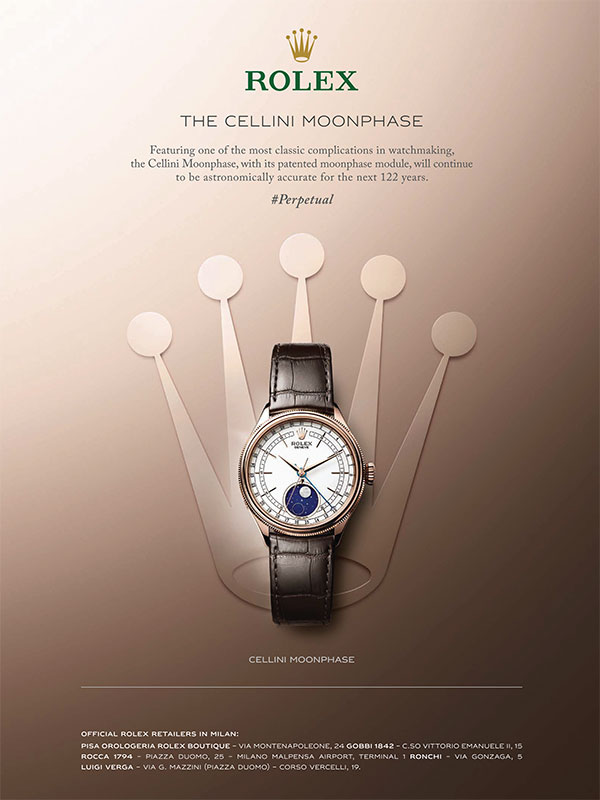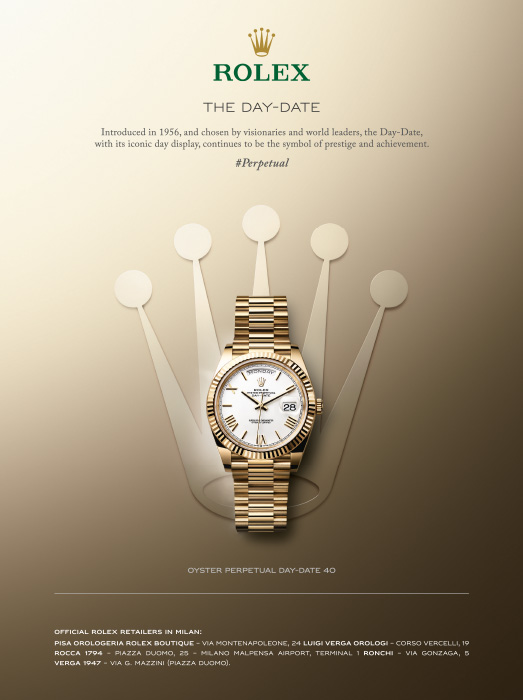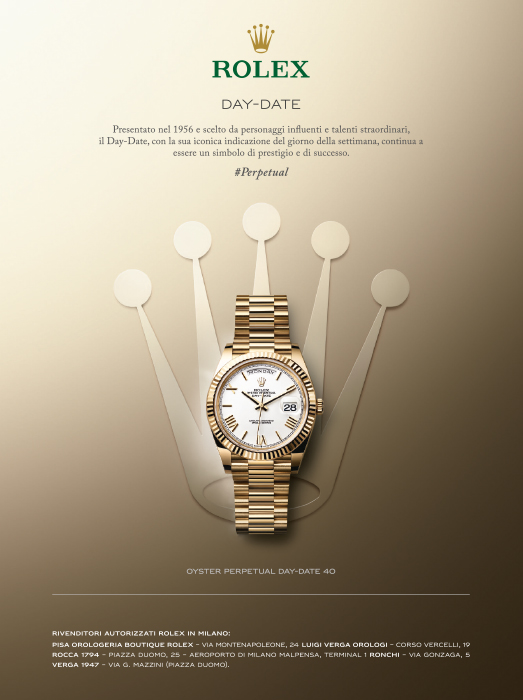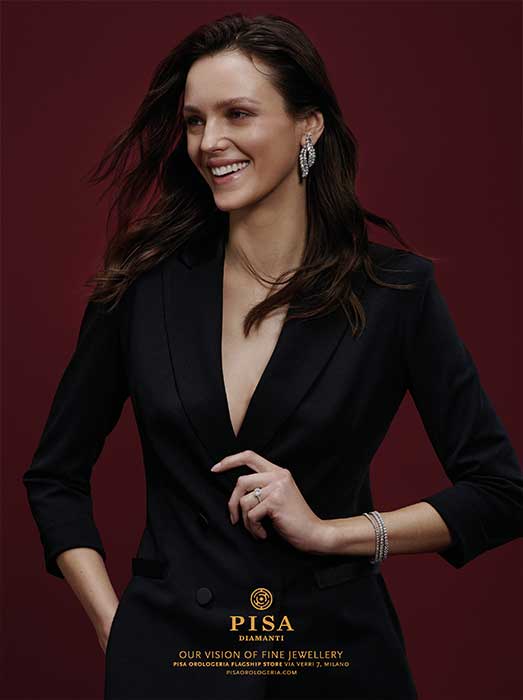Duomo, the symbol of Milan
Among one of the most important (and majestic) Gothic buildings in the world, the Duomo, constructed on and off over a period of 450 years (begun 1386) is the symbol of Milan. To experience it at its most majestic you must ascend to the roof (either by elevator or by steps) where you will be surrounded by an outburst of pinnacles, turrets and marble statuary and, naturally, the city’s famed golden Madonnina. The cathedral is open daily 8.30am-6.45pm. Admission free. www.duomomilano.it. Piazza Duomo. M1-M3 Duomo.

The Last Supper by Leonardo da Vinci
One of the most famous attractions in the world, “L’Ultima Cena” or “Cenacolo” by Leonardo da Vinci is a large 15th century mural paintig representing the scene of the last supper of Jesus narrated in the Gospel. It can be found in the church of Santa Maria delle Grazie. Booking required: ask your concierge. www.cenacolovinciano.net
 “Il Castello”
“Il Castello”
The ancient seat of the ruling Visconti, the Castello Sforzesco was later rebuilt by Francesco Sforza and is now simply know by the Milanese as “Il Castello”. Demolished and reconstructed several times from 1300 onwards, it has served as the backdrop for numerous historic events. Today, it houses a number of interesting museums and libraries. Its park is a favourite with old and young alike. Open daily 7am-6pm. Free admission.
M1-M2 Cadorna FN; M1 Cairoli; M2 Lanza.
Galleria, the “living room” of the Milanese
 Sometimes known as “the living-room of the Milanese”, Galleria Vittorio Emanuele II with its elegant, four-storey arcade, housing luxury cafés and famous designer shops, is covered by a glass barrel vault and a beautiful glass cupola and measures 196 metres in length. Tradition has it that placing your right heel on the bull, depicted in the mosaic on the floor, and then spinning around inside it, will bring good luck.
Sometimes known as “the living-room of the Milanese”, Galleria Vittorio Emanuele II with its elegant, four-storey arcade, housing luxury cafés and famous designer shops, is covered by a glass barrel vault and a beautiful glass cupola and measures 196 metres in length. Tradition has it that placing your right heel on the bull, depicted in the mosaic on the floor, and then spinning around inside it, will bring good luck.
Piazza Duomo-Piazza della Scala. M1-M3 Duomo.
The Opera House
The world’s premier opera house, built at the behest of Empress Maria Teresa of Austria and designed by Piermarini, the Teatro alla Scala was inaugurated in 1778 with an opera by Antonio Salieri.
www.teatroallascala.org. Piazza della Scala. M1-M3 Duomo; M3 Montenapoleone.
Ambrosiana, all about Leonardo
The Ambrosiana picture gallery contains several exquisite works of art from the 15th through 17th centuries and includes “The musician”, attributed to Leonardo, Raphael’s cartoon for the “School of Athens” fresco and Caravaggio’s “Basket of fruit”. The Ambrosiana library will be exhibiting Leonardo’s entire Codex Atlanticus until 2015, 44 or 45 pages at a time for three months at a stretch – the longest the international archival norms will allow such documents to be exposed to light.
www.ambrosiana.it. Piazza Pio XI, 2. M1-M3 Duomo, M1 Cordusio.
 20th Century art
20th Century art
One of the youngest museums in the city, lying adjacent to the Duomo, the Museo del Novecento hosts more than 400 20th century masterpieces of Italian and international art – ranging from Fontana to Picasso – at the recently refurbished Palazzo dell’Arengario. A building where works of art interact with the city, engaging with the past while looking towards the future. www.museodelnovecento.org. Piazza Duomo. M1-M3 Duomo.
Masterpieces of science and technology
Found in a 16th century monastery, the Museo Nazionale della Scienza e della Tecnologia Leonardo da Vinci is one of the most important museums of science and technology in the world. Its collections, featuring cars, aircraft, ships, scooters, trains, reconstructions of ancient workshops for metalworking, explore the relationship between men and machines starting from Leonardo da Vinci. Don’t miss a visit to the new Must Shop.
www.museoscienza.org. Via San Vittore, 21. M2 Sant’Ambrogio.
For a complete guide of top attractions in the city, please visit www.milanolovesyou.com.

